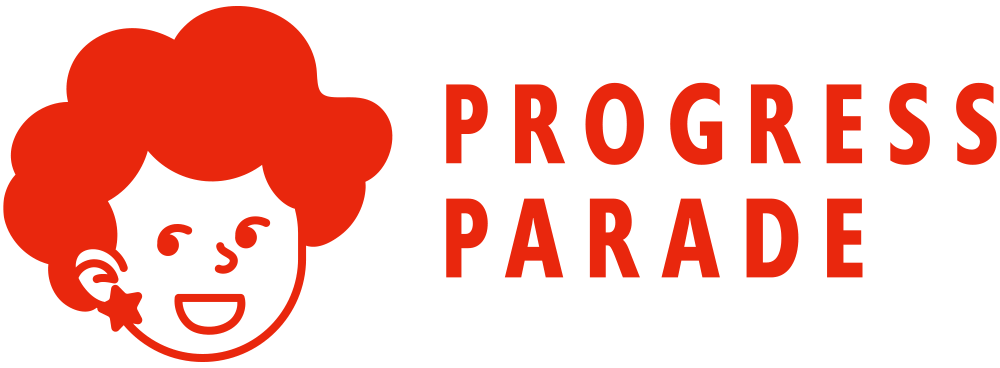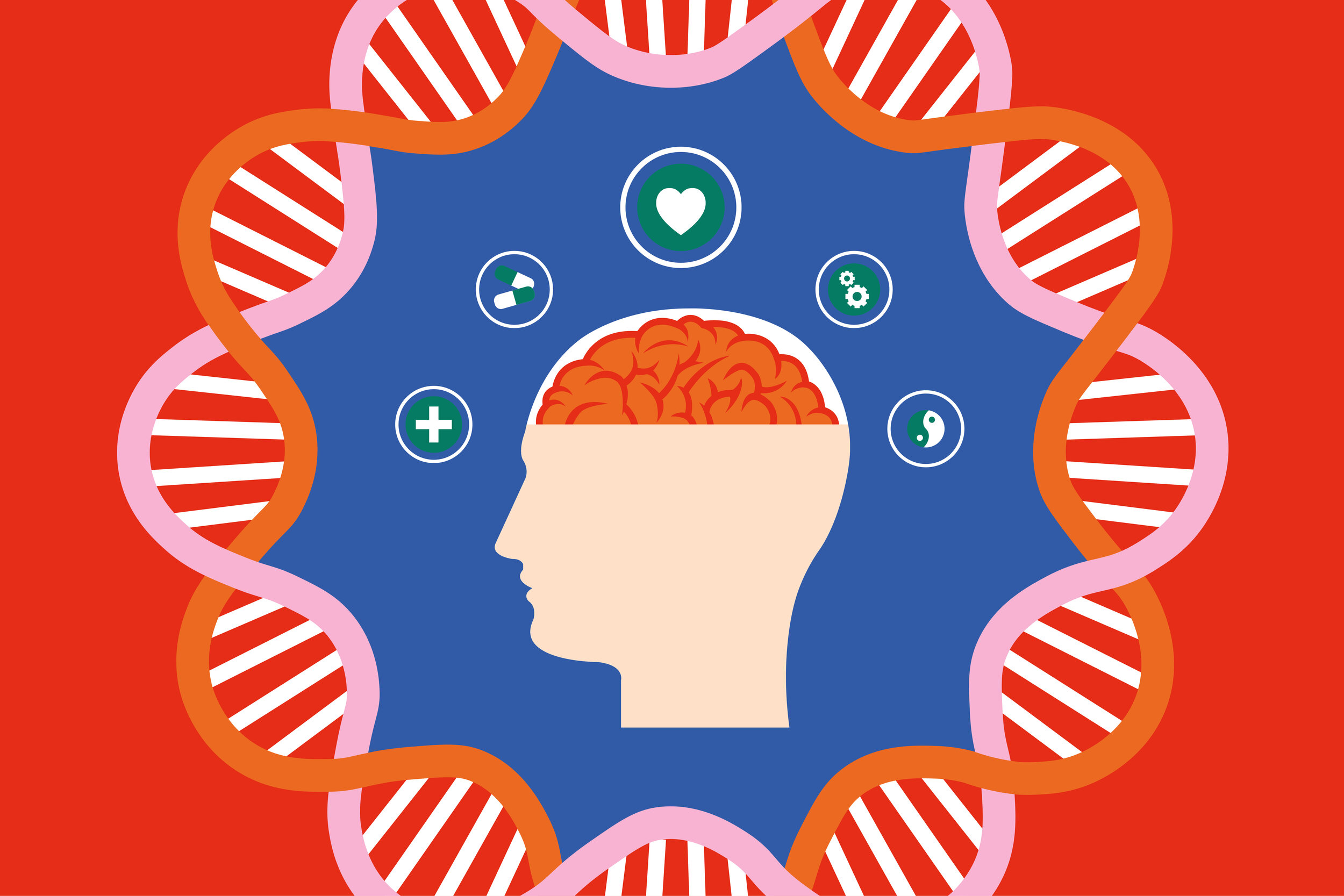What are common accommodations for students with ADHD?
Navigating 504 plans and IEP plans can be next to impossible as a parent advocating for their children in schools. The school system and specifically special education is an alphabet soup of acronyms and processes that can feel like a giant black box. Many parents send their kids to school trusting that their teachers are providing the best support possible for their neurodiverse children when at school.
We here at Progress Parade want to empower our parents to understand their students’ Individualized Education Plans (IEP) and 504 plans as well as help IEP teams develop the best IEPs possible for each of our students.
In this article, we will share some of the most common accommodations for ADHD, why they are needed and what they might look like for your child!
Common Accommodations for ADHD: Extended Time
This is probably the most common accommodation offered by schools for any student with a disability. If you think about a child who has difficulty attending (ADHD-Inattentive Subtype), they struggle to maintain intense focus under time pressure. Even if they know an answer on a test, they might not be able to focus enough to answer it in a specific amount of time. Individuals should not be penalized for missed answers due to a lack of ability to attend. The most common extension is time and a half. That means if most students get 60 minutes to complete a test, accommodated individuals would get 90 minutes.
This accommodation may also apply to homework. Students who struggle with executive functioning (EF) skills and organization can get easily overwhelmed, lose materials, or completely forget an assignment. They are not being lazy or manipulative but their brains do not operate in the same way as typical peers. These students may benefit from extended time to complete homework (e.g. an additional day to complete assignments beyond the due date).
Small Group Testing
Individuals with ADHD are often highly distractible. A pin dropping in the next room can get a student off task. Imagine a large classroom or standardized testing space with tens to hundreds of other peers coughing, fidgeting, and erasing. With an accommodation of small group testing, students are administered tests in a small group with a proctor available. In this setting, they are less likely to be distracted and are more easily redirected when they are off task.
Preferential Seating
Like distractibility during testing, students with ADHD are often internally and externally sidetracked during classroom instruction. Even a few seconds of a missed direction or instructional concept can set a student down a confusing path. It is often recommended that students with ADHD be placed at the front of the classroom, close to the point of instruction and away from distractions like hallway noise or outside activity. Students are also more easily redirected when a teacher can provide subtle reminders to return to the task.
Use of a planner
This accommodation is critical for students with executive functioning deficits. Students with ADHD struggle to stay organized or to synthesize large amounts of information in their working memory. So much information gets lost if they try to keep everything in their head. Using a planner and having it reviewed by teachers and parents daily allows students to be more aware of what needs to be done and less likely to miss tasks.
Kids with ADHD rely more on adults to help them plan their time, so it is necessary for parents to have an idea what needs to be done. When a parent asks a student with ADHD if they have any homework, the student will often say, “no” even when they do. This is not because the child is lying, but usually they truly think they’ve done all the work. Having clear communication and accountability between home and school will help ADHD students find more confidence and success.
“Even if they know an answer on a test, they might not be able to focus enough to answer it in a specific amount of time.”
Common Accommodation for ADHD: Pair visual and verbal information
With this accommodation, students receive the same information presented verbally and visually (e.g. a direction is given verbally and then written and placed on the student’s desk). While this accommodation is most often provided for individuals with learning disabilities, it can also help individuals with ADHD. Important information can be missed, so it helps to have multiple modes of delivery. Children with ADHD also have difficulty with working memory so verbal instruction may be easily forgotten. Lastly, some kids have great verbal attention skills but struggle to maintain visual attention (or vise versa). An additional support would be to provide verbal directions, have the student repeat the directions, write the instructions on the board and/or have the directions/task written on paper. This is a great accommodation for the classroom as many students rely on different methods to take in information.
Break down tasks into smaller parts
Students with ADHD often have difficulty planning and organizing large amounts of information. Large tasks such as completing a research paper or project may seem very overwhelming and insurmountable to a student with ADHD. When in this place of overwhelm, students may shut down and not attempt the task at all. Even though the student may be very academically capable of completing the tasks, they think it is too hard because they don’t know where to start or how to create a plan. Breaking large tasks into smaller tasks can be helpful for a student struggling in this way. If, for example, a project is given to the students that is due in two weeks, a teacher may provide small check-points every day to ensure each part is done. The degree to which a task is broken down varies on the needs of the child, so it is important that a teacher conferences with each student to find what feels manageable.
1:1 testing
This accommodation is really only necessary for the rare, severe case of ADHD, but it can make a huge difference for some students. Taking a test, especially a state or district standardized test, can take 100 percent attention and focus. Students need to sit still, maintain attention, think about a boring task and try not to get overwhelmed. Rather than experience that discomfort, some students will guess impulsively to just “get it over with.” This is not a fair or accurate reflection of their knowledge and ability. When given 1:1 testing, preferably with a familiar adult, students are very closely monitored and reminded to read through the whole questions. They are also given frequent breaks when the adult recognizes that the student is losing focus.
Check-in/Check-Out
This accommodation is used to help students orient themselves by quickly meeting with an adult at the beginning and end of the day. Common uses of check-in/check-out time are to come up with a plan for what they’re going to do during the school day (check-in) or review what they did at school and/or are going to do at home (check out). Bookending their day helps kids transition between settings and be mentally prepared for where they're going next. Most importantly it builds a relationship with an adult and allows students to feel safe and connected at school. Often individuals with ADHD can be scolded or blamed for their failings, even though their actions were not willful or malicious. They can start to believe no one at their school likes them or the teachers are out to get them. Having that opportunity to check in and reflect with a trusted adult can be very powerful when executed well.
“Even though the student may be very academically capable of completing the tasks, they think it is too hard because they don’t know where to start or how to create a plan.
Common Accommodations for ADHD: Non-verbal redirection
Students with ADHD make a LOT of mistakes. Consequently, they can get “yelled at” or reprimanded very frequently: sometimes to the point where they physically stop listening to verbal communication. That, on top of already spotty attention can lead to a downward spiral. Providing non-verbal redirection (thumbs up, shaking head “yes” or “no”, touching them on the back/arm) is more subtle and can be just enough to help a student remember what they need to be doing.
Taking a Break/Opportunity to see mental health provider
This accommodation is used when students are allowed, under certain circumstances, to be given a pass to see a trusted professional in the school like a school social worker or school psychologist. Students with ADHD often have concurrent anxiety, depression, or obsessive-compulsive disorder (OCD). At the heart of ADHD is a difficulty regulating the brain processes. Naturally, ADHD brains can easily be emotionally triggered by things that do not bother other students. At these times, it helps students to have a safe place to get help de-escalate and use strategies that are easily forgotten when upset. When individuals with ADHD are having an angry or disruptive outburst, we are better served to teach and support coping skills rather than discipline and isolation. Often, when students with ADHD calm down, it is a great opportunity to repair relationships and allow students to apologize if they have upset others.
Movement breaks
This one often applies for the hyperactive or impulsive subtypes of ADHD. ADHD brains need movement to maintain focus. They also tend to have more energy all together. If a student spends all their energy trying to sit still and counteract what their body/muscles want to do, they won’t have much mental capacity left to actually focus on the learning part. It seems counterintuitive but ADHD brains can actually focus better while moving. Keep in mind also that kids who put all their energy into sitting still at school and can “fall apart” after school at home. This can lead to a more stressed home environment, especially if homework needs to be done. Movement accommodations such as wiggle seats or helping the teacher by running errands can provide movement in subtle ways. This accommodation can also be timed strategically to help break apart long work sessions as students tend to work better in smaller bursts of time. It’s far less overwhelming to do work for 15 minutes with a break than to try to sit for an hour doing something unenjoyable.
Use of fidgets
With this accommodation, students are allowed to use a fidget (stress balls, pencil grips, small toys) to help them expend extra energy in a constructive way. Fidgets are a more subtle way to manage the need to move in the classroom. There are a TON out there so everyone can find something they like. It is important that parameters are set though. Kids need to keep them under their desks so they are not a distraction to peers. They should not make noise or be thrown around, as that can also be distracting. If the fidgets aren’t helping with focus, they aren’t necessary.
“It helps students to have a safe place to get help de-escalate and use strategies that are easily forgotten when upset.”
Common Accommodations for ADHD: Teacher check-in prior to starting a task
Starting tasks can be really hard for students with ADHD. They might not know where to start or have missed some key directions. Students often won’t admit that they don’t know what to do or their brain simply won’t...go. This can lead to students trying to engage other peers or start moving/fidgeting to avoid the task. A teacher check-in can be just the trick to get the engine started and often ADHD students can take it from there.
Warnings before transitions
Shifting from one activity to another is an important executive functioning skill for a successful school day. It is hard for a brain that is engrossed with a task to stop and switch to another. There is sometimes a fear that one will forget what they were doing/saying or may not come back to the task all together. After all, starting a new task does take more effort to begin with for an ADHD brain. With this accommodation, students receive several reminders to begin winding down the current task before being expected to begin a new task. This can be helpful in preventing emotional dysregulation or what appears to be defiance when the hard stop occurs.
Use of visual organizers
Using visual organizers to support the writing process is an accommodation which supports executive functioning deficits. Writing demands more executive functioning skills than most other academic tasks. While writing, students need to manage word retrieval, language/vocabulary, planning, organizing, synthesizing and self-monitoring as you try to edit. All of these tasks together can result in a jumbled mess for students with ADHD if they don’t get support. While most teachers provide all students with some kind of graphic organizers, students with ADHD may require 1:1 or small group support in navigating the process step by step. The process of talking through ideas and using the visual strategies to write down one’s work help to create a written product that accurately reflects a student’s true understanding.
Clear behavior expectations with consequences
Students with ADHD do want to fit in with their peers and follow the rules. They are also very smart and know what they can and cannot get away with. When cause and effect are clear and consistent, students don’t have to work so hard to fill in the gaps of what might happen if they break a rule. Moreover, they know what is expected and unexpected and can figure out how to accommodate their needs within those parameters.
What else should I know about common accommodations for ADHD?
It is important to note that not every class needs to change completely to accommodate the needs of a student with ADHD. Individuals need to understand their unique needs and learn to advocate for those in whatever setting they may find themselves. It is also important to note that accommodations are not one size fits all. Student support teams should evaluate what the specific student needs are and not provide any more or less than is necessary to help that child independently succeed. With the right support though, that’s exactly what students with ADHD will do!
For ADHD Tutoring, contact us!
A school psychologist describes 504 and IEP accommodations commonly used for students with ADHD.

































